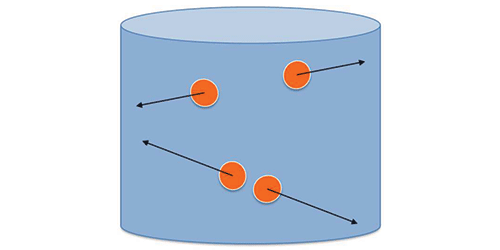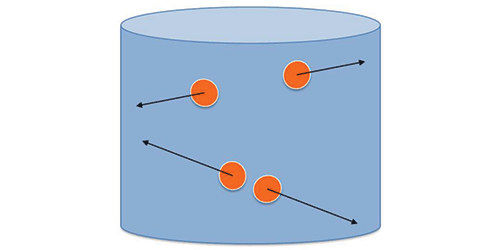Experiment Backs Up Bogoliubov Theory
Cool a dilute gas of bosonic atoms to ultralow temperatures, and the atoms will form a Bose-Einstein condensate (BEC). That’s the simplest picture of Bose-Einstein condensation. In practice, however, the atoms repel each other, and as a result, some of them get kicked out of the BEC. Back in 1947, Soviet theoretical physicist Nikolay Bogoliubov came up with a theory to describe such interacting BECs, and he predicted the exact fraction of the atoms that remains in the BEC as a function of the so-called gas parameter, which is a measure of the strength of the interactions between the atoms. But in most cold-atom experiments, the interactions are too weak for the effect to be observable, and an experimental confirmation of Bogoliubov’s prediction has been lacking. Raphael Lopes from the University of Cambridge, UK, and colleagues have now accomplished this feat.
The researchers started their experiment by producing a BEC of weakly interacting atoms in a cylindrical optical trap. They then varied the interaction strength using a staple technique of cold-atom laboratories known as a Feshbach resonance, reaching the regime where the interactions are more than 10 times stronger than in typical cold-atom experiments. Next, they used a method called Doppler-sensitive two-photon Bragg scattering to measure the BEC fraction of the system as a function of the gas parameter. They found that the measurement agreed perfectly with the 70-year-old prediction from Bogoliubov, which had until now been verified only with Monte Carlo simulations. With this accomplished, the researchers hope to explore stronger interactions and test the limits of the theory.
This research is published in Physical Review Letters.
–Ana Lopes
Ana Lopes is a Senior Editor of Physics.





